Sex and Creativity
Sex is the movement of energy — from active to receptive — to release potential.
Near the end of her life, I squeezed into Karen’s hospice bed one more time to feel the secret flow from our living battery. That trickle of electrons — I called them love-trons — was fading. And then the fateful dimming of the day arrived when Karen’s sparkle no longer pulled at the world like the moon pulling at the tide.
When Eric Fromm published his 1956 landmark book, The Art of Loving, he hinted at the primal power of this energy: "Love is the only provision for a sane and satisfying human existence."1
Fromm also considered love to be an art: “The mastery of the art must be a matter of ultimate concern; there must be nothing else in the world more important than the art.” He described love not as a relationship but as “an attitude, an orientation of character…”
I was starved for love-trons, but my keg of Bondo had run dry. I’m hardly the first person to face this predicament; every surviving spouse has to find their path toward a “sane and satisfying human existence.”
Being a marketing guy, I conducted a “love survey.”
I asked single women over 55 years old about their appetite for another relationship and was shocked to discover that women are profoundly disinterested in starting later-life relationships. For older women, men are often than not an emotional and physical burden they can do without.
Like camels in the desert, women appear able to go great distances without sexual nourishment. Except for the dog, my anecdotal survey, not surprisingly, differed from actual research by neuropsychologist Alice Radosh:
Alice Radosh struggled with the loss of sexual intimacy after decades of physicality after her husband of 40 years died. To add insult to injury, the literature she sought for guidance totally missed the mark. One study suggested she get a dog.
Radosh surveyed over 100 older women (55 years and above) and discovered she wasn’t alone in her ‘sexual bereavement.’ “Before I did my survey, I spoke to friends, and a number of them said, ‘Well, that doesn’t matter anymore.’ The feeling was that’s in the past.” What Radosh’s survey proved beyond all possible doubt was that this was a myth and a damaging one at that: sex wasn’t a past tense activity – and it did matter.
I was confused. Some of the women I talked to experienced their lost love as something sacred. They didn’t want to defile that bond in the clumsy and sordid marketplace of dating.
Lacking a male perspective, I found an interview where Tom Hanks described his disagreement about sex after death with writer/producers Nora and Delia Ephron during the shooting of Sleepless in Seattle.
From the New Yorker interview with David Remnick:
“Delia and Nora Efron are sisters,” Hanks explained. “And they are also mothers. It was a movie about a father, and I said to them, ‘You guys are the wrong gender to understand what's going on in this scene between me and my son.’”
“’You have written a scene in which a father is undone by the fact that his son is upset about him going out with a woman. There is not a father on the planet Earth who is going to give a rat's ass what his son thinks,’” Hanks told Nora and Delia. “’Because you know what that father wants to do? He wants to get laid. And that's what's missing from your little gender-ish scene that you wrote!’”2
Joan Price, author of The Ultimate Guide to Sex After 50, also advocates for sex after the death of a partner:
“Men and women are being told they’re ‘doing grief wrong’ if they try to come back to partnered sex too soon,” Price explained. “We don’t stop being a sexual being when we lose someone. It may take a break. The break may be days, years, or decades – but we can always come back to it when we’re ready. And dammit, people need to stop telling us we shouldn’t.”3
For Hanks and Price, Bondo is primal. I would argue that it is more primal than physical intimacy. It goes to the structure of life itself.
Rabindranath Tagore described the parallel between atomic structure and human relationship in a conversation with Albert Einstein in 1930:
“Matter is composed of protons and electrons with gaps between them,” Tagore explained. “But matter may seem to be solid. Similarly, humanity is composed of individuals, yet they have their interconnection of human relationships, which gives living unity to [humanity’s] world. The entire universe is linked up with us in a similar manner; it is a human universe. I have pursued this thought through art, literature, and the religious consciousness of man.”4
From his cosmic point of view, Tagore understood the Art of Loving; he saw love as an engagement with a human universe — interconnected and inseparable from life.
Keith Richards understood life’s wildness more directly:
Life seems to me like a kind of wild animal. You hope to rein in life, but it bucks, kicks you.
~ Keith Richards5
Sir Keith was on to something. We think of sexual longing as a personal drama, yet our couplings are cosmic.
In this way, the evolution of life on Earth could be considered the biggest sexual experiment in history, generating amoebas and dinosaurs, fireflies and butterflies, and sea horses and thoroughbreds. With God lurking in every throw of the dice, each species has adapted and solved an ecological problem in the moment: long necks to eat tree leaves and saber teeth to devour flesh. Among humans, our genetic variation accounts for about 0.001 percent of each person’s DNA — just enough vive la différence to inspire head-over-heels attraction.
With Love Trons flowing from Karen’s side, I plugged into a cosmic love. The universe can be seen as one big battery powered by the fusion of opposites. Inside the core of the stars, hydrogen ions collide and are subjected to intense heat and pressure — enough to overcome the electrostatic forces of repulsion and unrequited chemistry. At 100 million degrees Celsius, a pair of hydrogen ions form a new nucleus, fuse into helium, and release energy in the process — the nuclear fusion that powers all life.
Gurdjieff saw these dynamics as the Law of Three Forces.
In nuclear fusion, there is an active force (heat and pressure), a passive force (electrostatic repulsion), and a reconciling force (the release of energy from fusion). Gurdjieff saw the Law of Three Forces present in every relationship found in life, sexual or otherwise:
Atomic Structure
Protons, Electrons, and Neutrons
Electricity
Positive, Negative, and Ground.
Weather
High pressure, Low pressure, and Precipitation
Marriage
Husband, Wife, and Child
Christianity
Father, Son, and Holy Spirit
Taoism
Yin, Yang, and the Tao
Physics
Space, Time, and the Continuum
And Sitcoms
Set-up, Complications, and the Resolution
In each instance, the item in italics represents the reconciling force — what Gurdjieff called the Third Force.
In an atom, electrons have a negative charge, and the nucleus of an atom is positively charged. The electrostatic force between them keeps the electrons constantly moving around the nucleus — a sexually-charged dance of positive and negative electrical forces.
“The energy behind sexual activity is the creative energy.”
My philosophic mentor, JG Bennett, explained:
“The energy behind sexual activity is the creative energy. This is beyond life and even beyond consciousness. It is in the nature of the creative energy, and therefore of sex, to be spontaneous and unpredictable.”6
Keith Richards understood this explicably. He explained how songwriting functions like nuclear fusion, bringing unexpected elements together to create beauty:
“When you’re writing songs, there are no fucking rules,” Richards explained. “In fact, you’re looking to break them. You’re looking to sort of find the next missing chord... Writing songs is not about the lyrics on one side and the music on another. It’s about the two coming together. You can be a great poet, and you might write some lovely music. But the art and the beauty of writing songs is to pull those two together, where they seem to love each other.”7
Let’s face facts: Grievers are not having sex.
Unlike pregnancy, where a young mom knows what to expect each trimester, grievers have no idea if it will take months, years, decades, or never to rejoin the Art of Loving.
Hardly a day goes by where I question whether my efforts will usher in a second act or if I am fooling myself. My inner life percolates, but my love life can’t find a dark roast to brew.
During month four, after Karen passed, I felt an enormous urge to turn on my creative switch, and now I know why — I was drying up in a primal way.
Creativity and sex are synonymous.
Take a sip of whatever you are drinking and absorb this fact: The creative act and the sexual act are synonymous. They both create something out of nothing.
If this were a self-help book, I’d offer advice: Throw your frustrations and despair into something creative. Here’s why:
Sex is clearly creative: copulation creates babies. But Bennett views sex on a cosmic scale — everything in the universe is in a dynamic relationship (the Law of Three Forces). When hydrogen atoms fuse and release energy, that is sex. When you scrounge inside the refrigerator and make a weird omelet with feta and pimento olives, that is sex — a creative act. When you spread love toward the person bagging your groceries — that transmission of energy is sexual.
Sex is the movement of energy — from active to receptive — to release potential.
Bennett explains how the active and receptive forces of sex are necessary for transformation.
“The sexual energy can enable us to change our being… Sex is necessary in our transformation, even though we may never take part in the sexual act itself. Sex gives us access to creativity as no other thing does, and our self-creation is above all a creative act.”8
Grief takes one on a creative journey — to change our being. The old is consumed in the catharsis of sorrow so that the new can emerge. Like being in a cocoon, the imaginal discs inside the caterpillar serve as the blueprint for the future — an “imaginal realm.”
The imaginal realm is a meeting ground, a place of active exchange between two bandwidths of reality. That is how its cosmic purpose is fulfilled. ~ Cynthia Bourgeault9
Bennett sees the cosmic side of sex as a doorway to our spiritual life:
“This is the real mystery of sex, that it has an energy which goes beyond nature and is the means by which man can enter the spiritual world… sex is the key to immortality.
My friend Carol Cox has been a trusted grief mentor on my journey.
Carol lost two husbands, her mom and dad, and a sister. Early in my journey, Carol wrote me:
“Bruce, I, too, experienced huge surges of energy, which were crazy weird. It will take a while for you to learn the gifts of grief, the sweetness Rumi wrote of, but the gifts are great and deep:”
I saw grief drinking a cup of sorrow and called out, 'It tastes sweet, does it not?'
'You've caught me,' grief answered, 'and you've ruined my business.
How can I sell sorrow, when you know it's a blessing? ~ Rumi
“You now belong to the club no one wants to belong to, and I wouldn’t wish on anyone. Welcome. You are not alone, and you are loved. I’m glad Karen’s presence is with you; that is a glorious thing.”
I reached out to Carol again this week, knowing that she had transformed her grief into a creative life, having recently published Wild Savannah: Rediscovering Joy Through The Lens of My Camera.
Here is our conversation:
Bruce: Hi Carol, thanks for taking this time — and for reaching out to me after Karen died.
Carol: Yes, I remember. I was reading your posts.
Bruce: I was in a dark place — the Creature from the Black Lagoon was emerging from my subconscious. You didn’t even know me, but you wrote: “You may or may not realize this, but you are giving yourself a gift. After the death of a loved one, the days can become blurry, especially in the first few weeks and months. It will eventually lift, but you are also fundamentally changed.”
Carol: Yes, it lifts – but we are never the same.
Bruce: This is why I want to talk — to explore this change. You published a photography book in the time since your husband died.
Carol: That’s right.
Bruce: The day after Karen died, I found your blog and discovered, wow, you lost two husbands, two parents, and a sister!
Carol: In a 12-year period.
Bruce: Wow, I thought, Bruce, stop with the bellyaching. You’re a rank amateur in the grief department.
Carol: It’s not fair to compare. The magnitude of someone’s grief can’t be measured in numbers. This kind of loss takes us places we can’t imagine. The death of my second husband was the most crushing. I only found joy again through the lens of my camera.
Bruce: It was more than a hobby. You literally reinvented yourself.
Carol: After George died, I wanted to cocoon myself. But I made a conscious decision to get out of the house for coffee or lunch with a friend twice a week. It took six months before I started looking forward to it. After a couple of years, I discovered how, through photography, I could be completely in the moment. I could lose track of time through the lens and see life’s beauty. That's when I started getting into it seriously.
Bruce: What was the turning point?
Carol: Suddenly, I had 20,000 photographs on my computer!
Bruce: Insane.
Carol: I knew I wanted to do something with them, and felt I had something to say, but I wasn't sure what. A lot of this occurred subconsciously. I just started writing, writing about birds. It wasn't exactly a conscious decision to write a book, but I saw the book in my head completed.
Bruce: How was writing connected to your grief journey?
Carol: For five years, I kept a journal. I found it really cathartic after the loss. The loss of so many people opened a door, forcing me to realize how beautiful the world is. Rumi’s poem has stayed with me: I saw grief drinking a cup of sorrow and called out, 'It tastes sweet, does it not?'
Carol: The veils between this world and the next began to get thinner. Everything became more vibrant and precious. Like with Rumi’s poem, I learned to hold the beauty with the sadness.
Bruce: For someone reading this, they might think unicorns and rainbows just landed in your lap. Wasn’t it grueling to get up at 5 a.m., day after day? Who wants to leave the house in the cold, in the dark, carrying a load of gear, and clomping through the marshes and muck?
Carol: No, no. That was a pleasure. No unicorns or rainbows, because joy is very different from happiness.
Bruce: Do you just wander about, hoping to find an animal, or do you find a spot and wait?
Carol: If I'm looking for rabbits, I find a likely spot and sit there for a really long time. The same is true for otters and deer. Wading birds are less predictable. I'll be driving, see where they are, and wait for them to do interesting things. I often stop at ditches and have gotten into trouble stopping on highways. I really should stop doing that.
Bruce: Now that you have the book in your hands, what is the feeling? It was barely an idea, and now it’s in stores. What had to take place for this second act to be born?
Carol: The transformation was in discovering that I have a true artistic side to me. I didn't think I could create anything pleasing. So that surprised me. And that was a really great gift because I've started doing other things, like crafting, that I never tried to do before. I thought I was the most uncreative person in the world.
Bruce: It’s a miracle to create something out of nothing — something that did not exist before.
Carol: I had never seen a wildlife book that was reader-friendly. They are usually scientific or read like a textbook. I wanted to create something personal that people could enjoy.
Bruce: I described the creative side of grief when I said, “Enter the Portal — A Major Loss Releases the Energy for Change.”
Carol: So true. Now my publisher is asking for a second book, and I thought, I don't have anything to say! Then I realized I have a lot of pictures of birds doing really crazy, weird things, awkward things.
Bruce: That’s very on-brand for you.
Carol: When I told him I was thinking about doing a crazy bird book with bad haikus and weird limericks, he replied, “Yes, we'll definitely publish that!”
Bruce: I am writing about sex, creativity, and immortality — and specifically, this quote from Bennett:
“It is possible for [spiritual union] to occur without the sexual act at all, and though the normal thing is that it does occur though the sexual act, it is not even essential that the partner in this union should be a living being. There is something that is called the mystical union or mystical marriage which has the same effect, though it must be realized that such a mystical union is even rarer than real marriage itself and that it can take place only in special circumstances and as the result of a particular need.”
Carol: Oh my god. While you were reading that, my thoughts immediately went to George. I never share this with anyone, but we had a spiritual union that existed across space and time and still exists. I still feel his presence; I still feel married to him. I still have bouts of deep grief when I miss his physical presence, and this causes a weakening in our connection. The separation dissolves when I remember to be grateful and stop crying, but it’s just so frustrating that I can’t see, hear, smell, or touch him.
Bruce: That’s beautiful. I’m thinking of titling my book “BONDO, The Sacred Science of Love after Death.” It’s a double entendre: On one hand, it is about me being hopelessly love-lorn after Karen’s death, and also about the fusion of love that has occurred. No one seems to talk about that.
Carol: That’s the club no one wants to belong to.
Bruce: Please send me a bad haiku or weird limerick.
Carol: Will do.
—-
Speaking of creativity, let’s talk about poetry.
I don’t read or write the stuff for the same reasons stated by Erik Rittenberry of Poetic Outlaws:
Contemporary society is overrun with self-proclaimed “poets” who relish in the title yet produce very little poetic fire. Much of what parades as poetry these days reeks of self-pitying confessions dressed up in the garb of “artistic expression.” It fixates on the temporal and panders to the superficial trends and fragile sensitivities of an identity-obsessed culture.
This was my stance until I woke up from a bad dream and furiously began to write. Oh my god… a poem!
I'M STILL DOIN' SHIT.
I don’t care if I’m too old, too invisible, too something,
I’m still doin’ shit.
Even now, at 5 am, woke up from a bad dream.
A big dog bit my little dog — playfully but secretly mean.
And now I have a dog with a puncture wound, and I’m walking home.
North of Berkeley Road in the fields where I used to live.
There are no fields there anymore. No fields anywhere.
But we roamed there as little kids — free range — out after breakfast and home for dinner.
Our parents had no idea where we went — road bikes for miles and miles.
Even got on the train to the city.
Always doin’ shit.
It really sucks to be seventy.
The girls are done. “I’m good,” they say.
Too old to be doin’ shit.
I’m writing a book, starting a business, building brands, videos, and Websites, and creating a color palette (I’m sorta color blind!), but I’m bored!
Why am I bored?
Because I have no one to talk to — except the little dog, who was gored in the other world.
The one thing I don’t do is write poetry.
There are probably rules about rhyme and meter — so this isn’t a poem.
It’s a rant.
Since I’m a branding guy, it’s Noetry™
The punk equivalent to poetry.
I pull myself out of dreams.
No different than when I pulled myself out of the room when my brother watched Hitchcock. And I pulled myself right out when Miko was gored.
And my little dog was still sweet. Didn’t seem to mind a bit.
Karen had a horrible, terrible thing happen to her belly.
There was a gasp in the room — Nurse Fey called out, “Look away!” as something dark and terrible flowed out.
Karen knew to pull herself out — out of the Big Dream.
But she stayed sweet. Sweeter than ever.
Still with us, too.
That’s what the psychics report.
And now, she’s still with me — which sucks in a way.
No girl’s interested in an old guy who’s both here — and in the after — with a disembodied girl.
When Karen died, the rodeo chute opened, and I hung on.
What I call “doin’ shit.”
I’m still doin’ shit.
The only reason I’m writing Noetry™ at 5:00 a.m. is because Patti Smith appeared in my Facebook feed.
Patti Smith wrote: “When I was a teenager, I had trouble getting a boyfriend so I imagined Arthur Rimbaud or Bob Dylan as my boyfriend…”
Patti, I feel your sense of longing. I’m a lifelong skinnymarink, too.
Who should I imagine?
Actually, I have imagined... but my three licensed therapist friends warned, “RED FLAG, DO NOT GO THERE!”
Really? I’m still doin’ shit.
The hardest part is no sex.
According to JG Bennett, sex and creativity are the same. So, I’m doin’t the dirty with the latter — right now, in between worlds, writing Noetry at 5:00 a.m.
Hafiz says:
"Don't surrender your loneliness
So quickly.
Let it cut more deep.
Let it ferment and season you
As few human
Or even divine ingredients can.
Well, fuck that Hafiz. I’m still doin’ shit!
I reverse-engineered intimacy and discovered a mysterious ingredient called Bondo.™
Same way the doctor runs a blood panel, my Bondo panel diagnoses intimacy issues.
THIS IS A REAL THING.
And I know, “Hey, physician, heal thyself.”
Go ahead; call me out: “Where’s the Uplift, Mr. Bondo?”
I'm hanging on; the bronco is bucking, and the clock still ticking.
Bondo is different than love.
You don’t need a partner for love; I’m swimming in LOVE — gobs of it.
BUT YOU NEED A PARTNER to feel connected to, be in conversation with, care about, and be curious about.
(Karen’s rolling her eyes, like “jeez.”)
I’d share my Bondo panel with you, but gonna focus-group it first to see if it holds water.
Yes! The world’s first Bondo workshop. ‘Cause I’m still doin’ shit.
Have you read “The Perennials — The Megatrends Creating a Postgenerational Society?”
Just out. It claims:
“There’s a new generational force that has nothing to do with age… The author powerfully sets out the case for revisiting what has long been a “given” – the traditional four stages of life.”
THIS IS HAPPENING PEOPLE!
Don’t be afraid to serve a fourth course of Life.
And don’t forget the greatest line in all of moviedom: “I’ll have what she’s having.”
That’s right.
If you have a harebrained idea, pass it by me.
Start a conversation
Pull something down from the Imaginal Realm.
It’s there — with your name on it.
You have my blessing to keep doin’ shit!
Why? Because fulfilling the creative impulse is our reason for being:
In evolution, there is a reversal of forces, which means a turning back towards source. Something new is brought into the situation… The secret of our work is that it is a creative work, making what was not there before. This is what we people were intended to do."
~ J.G. Bennett, 'Talks on Beelzebub’s Tales'
Fromm, E., Funk, R., & Pauck, M. H. (2019). The art of loving. Harper Perennial.
Behind the Scenes with Tom Hanks | New Yorker Radio Hour,
https://www.theguardian.com/lifeandstyle/2023/may/14/why-are-the-sex-lives-of-the-bereaved-still-a-taboo?
https://www.themarginalian.org/2012/04/27/when-einstein-met-tagore/
https://faroutmagazine.co.uk/keith-richards-essential-advice-songwriting/
Bennett, J. G. (1989). Sex. Samuel Weiser.
https://faroutmagazine.co.uk/keith-richards-essential-advice-songwriting
Bennett, J. G. (1989). Sex. Samuel Weiser.
Cynthia Bourgeault. Love Is Stronger Than Death: The Mystical Union of Two Souls







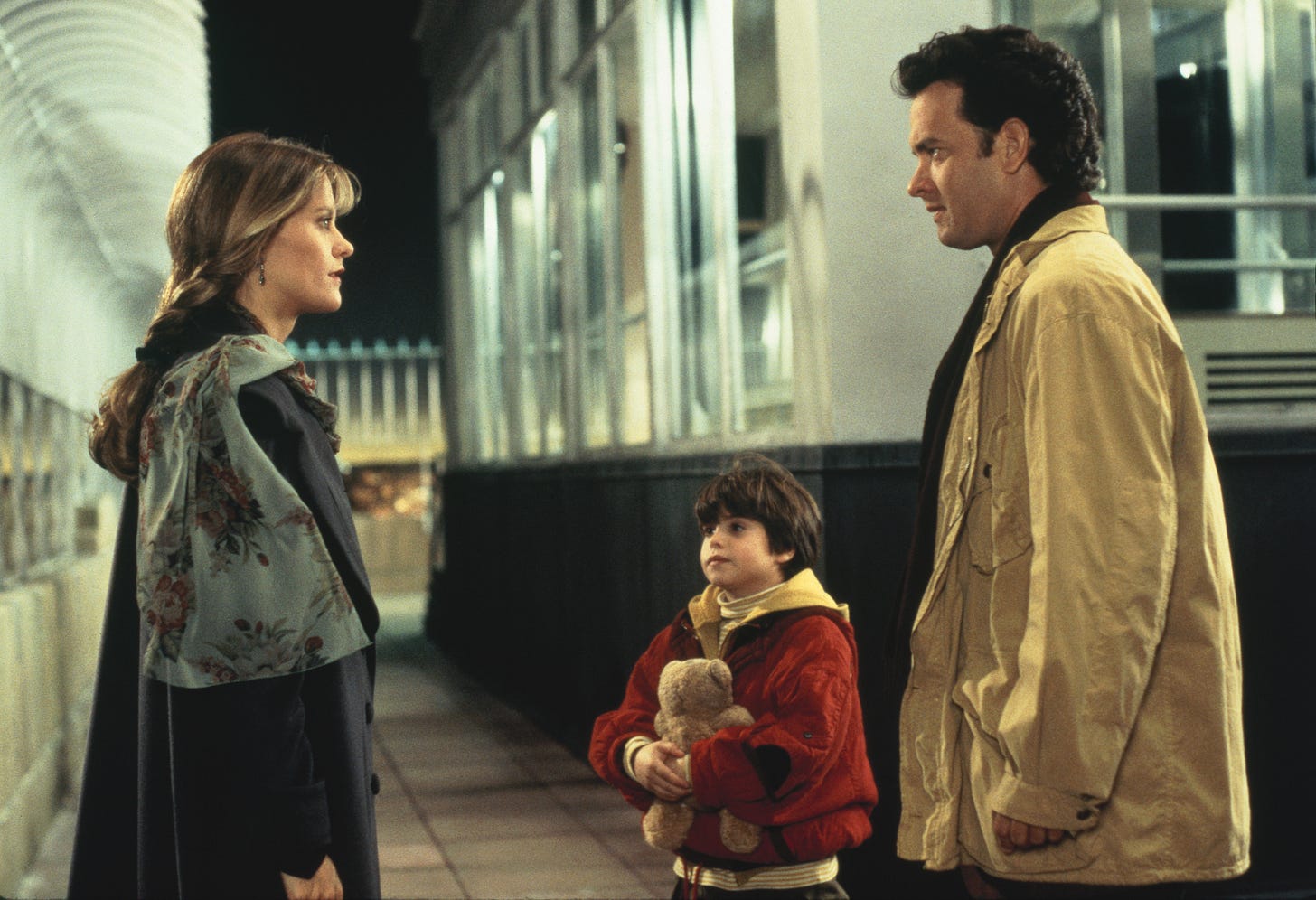




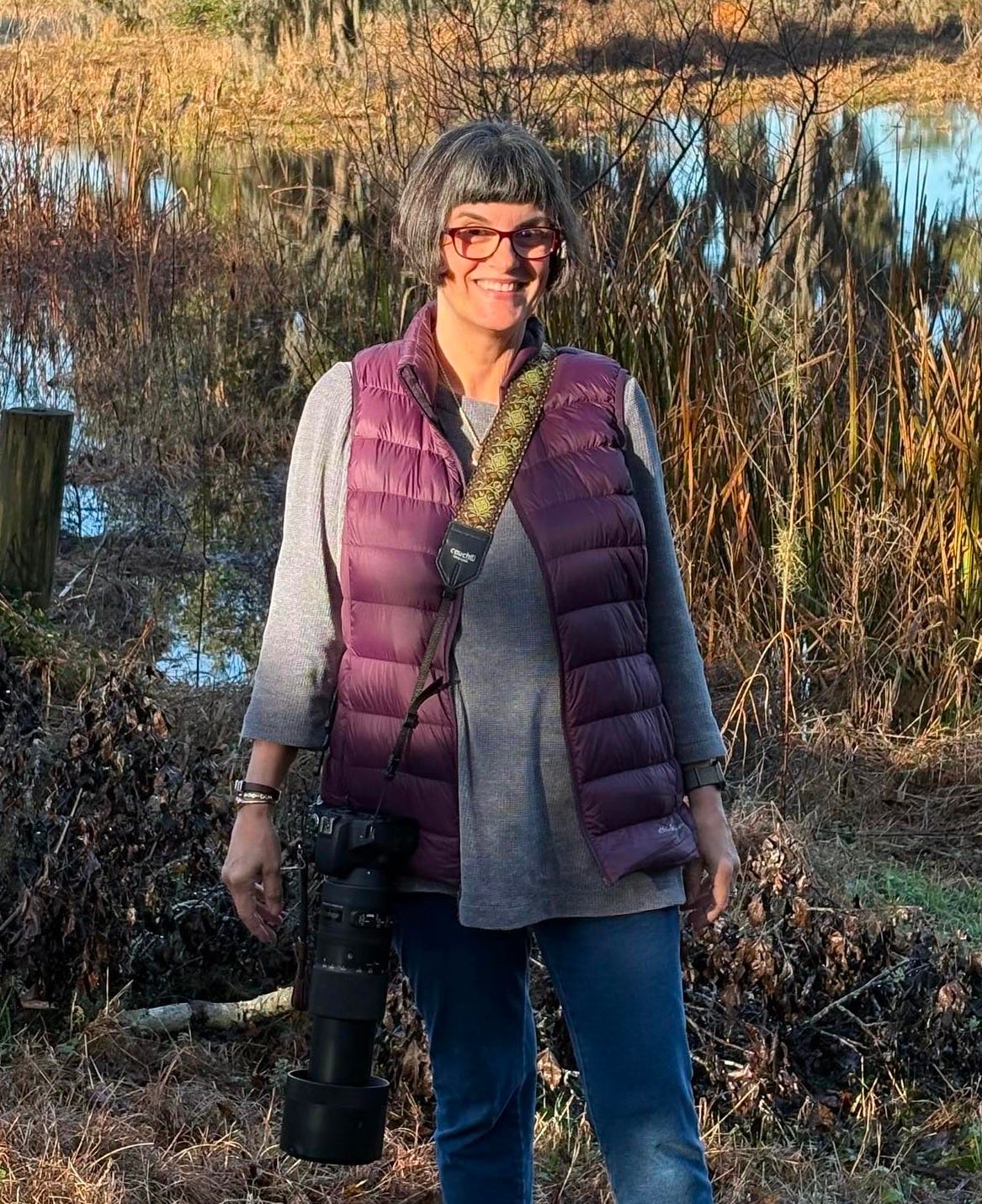
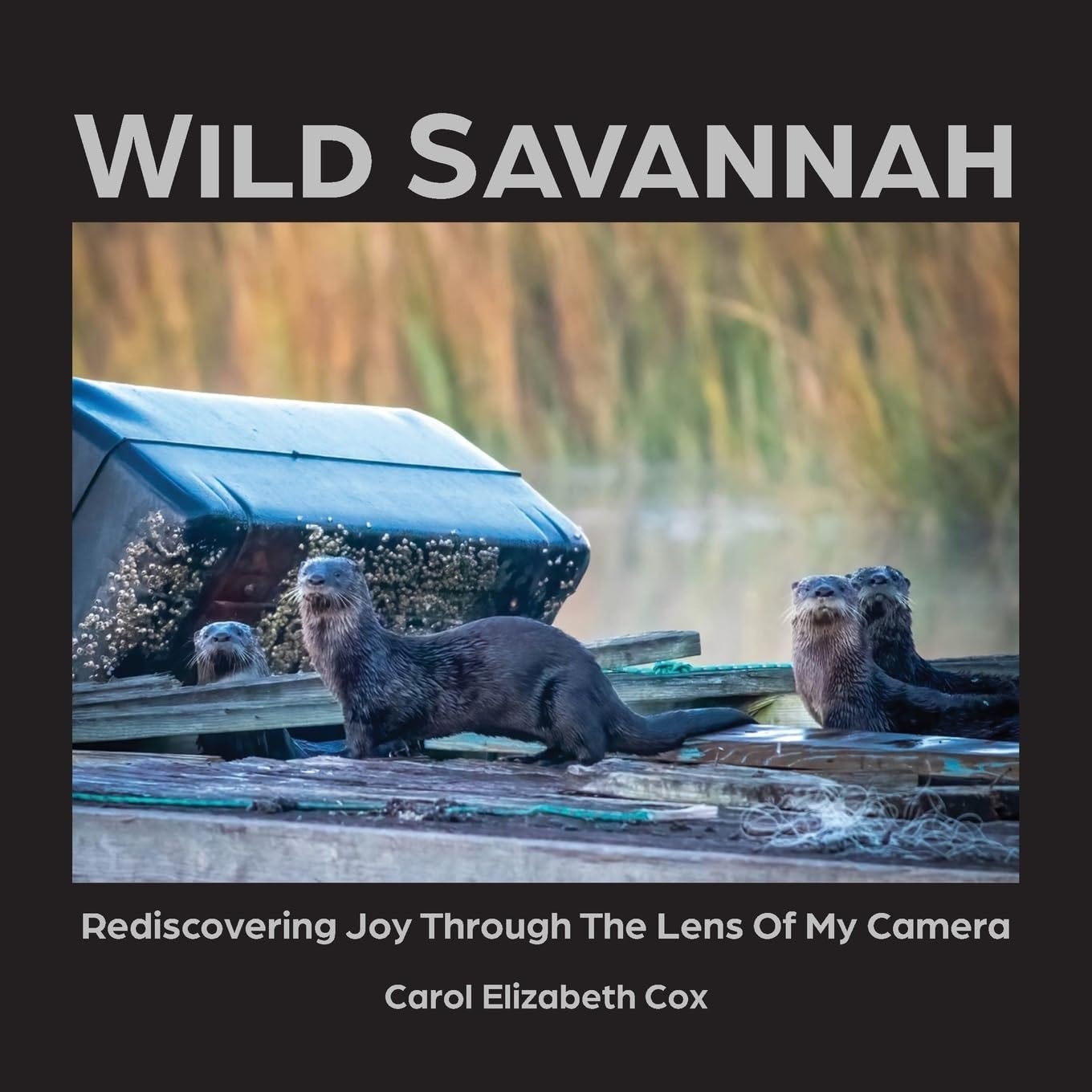


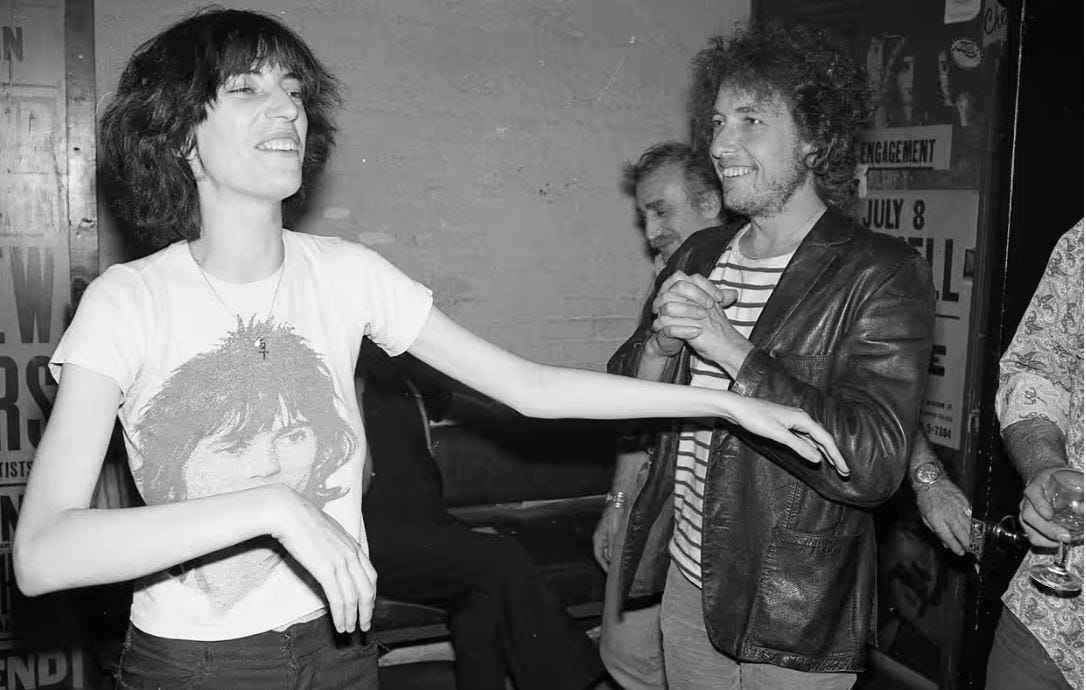
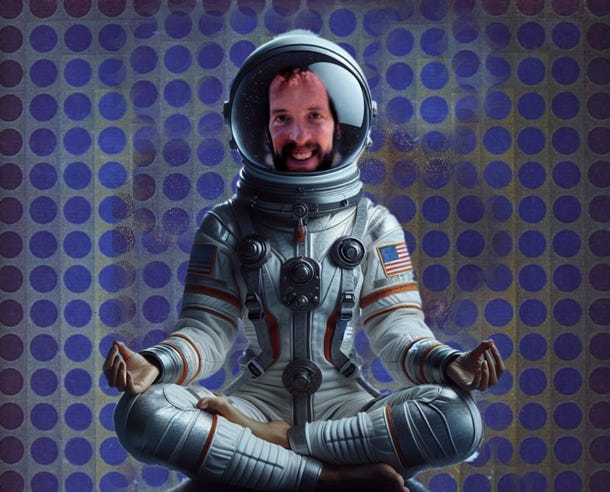
Oh Christ, could not get through more than half of this tonight.
Your writing is getting even deeper and thicker. (Not in a bad way)
1st thought, the Universe does not setup opposites, it sets up "separateness" then seeks to merge the 2 into 1.
But you are right, sexual union is key to bondo - what's curious is how many older women have some other idea that they are not communicating (because of fear). But of course, we all want connection.